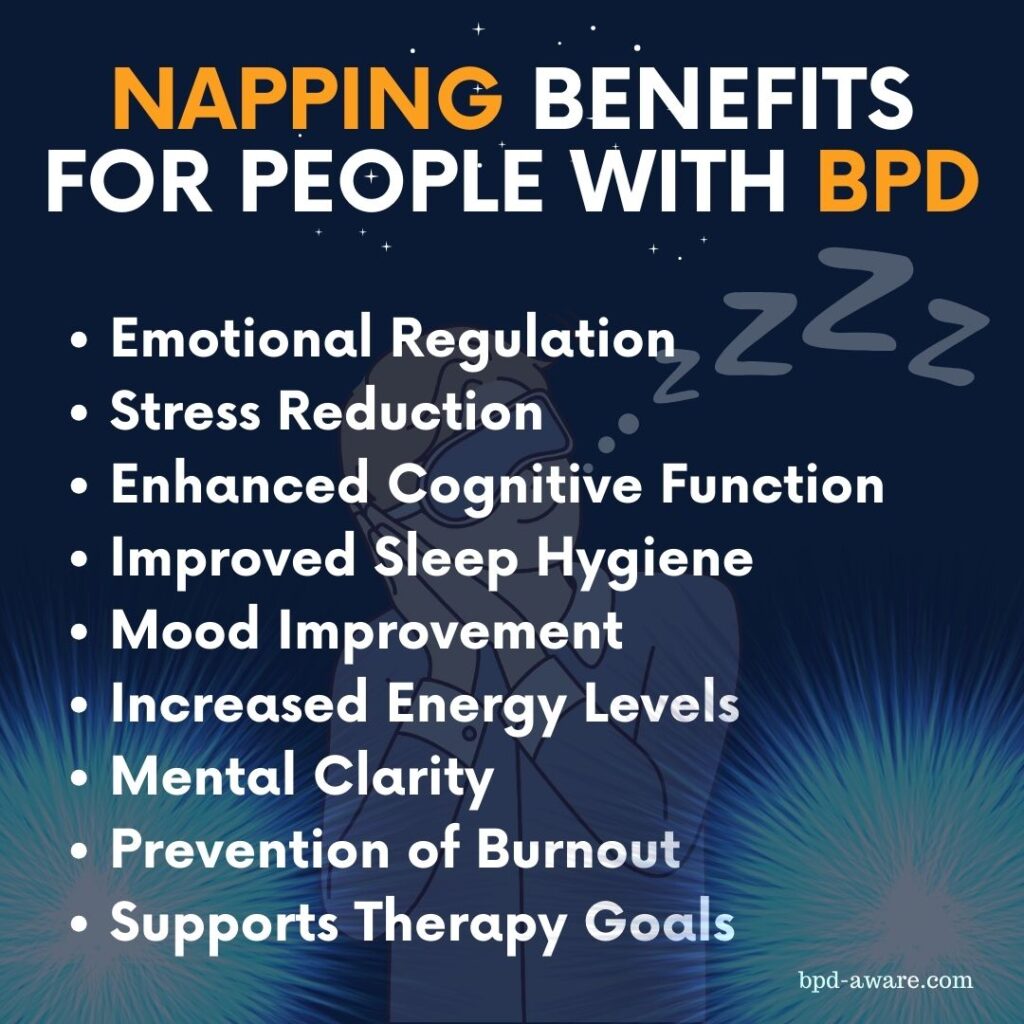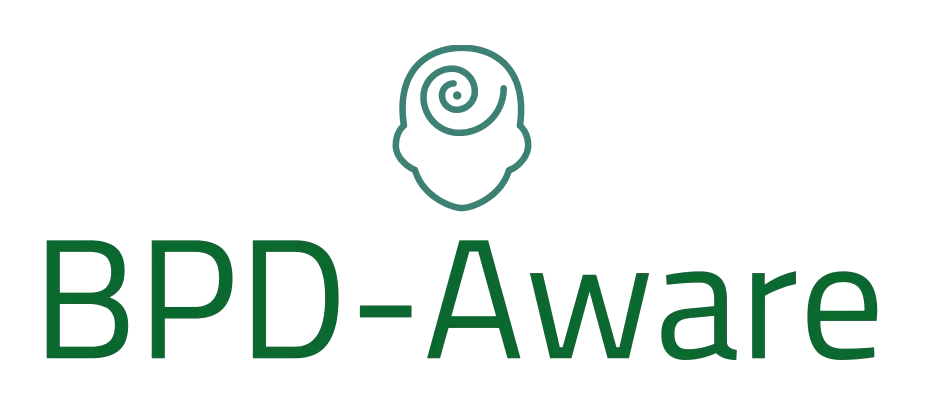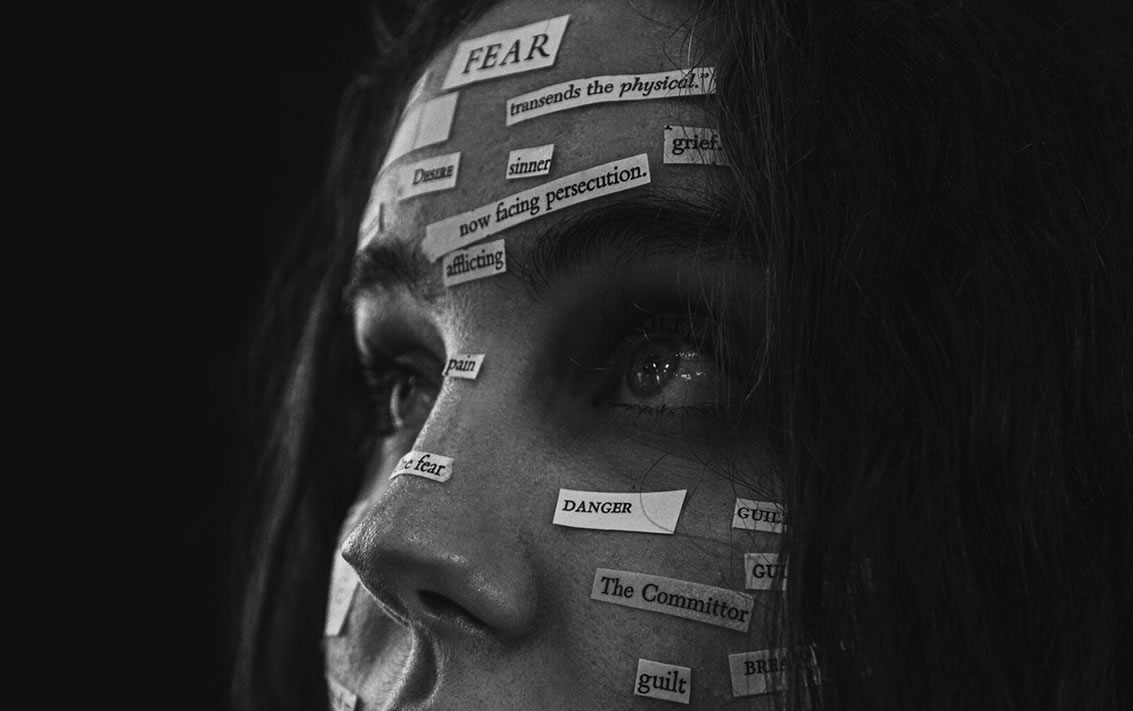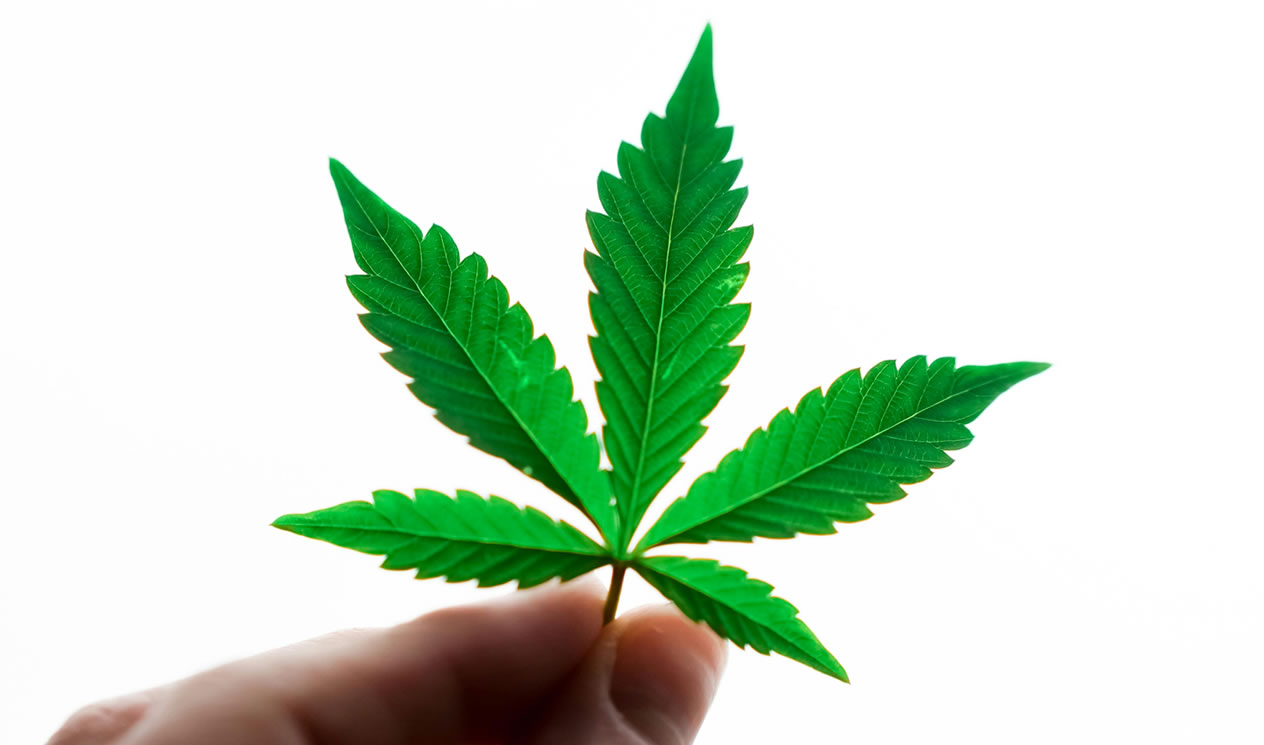Borderline Personality Disorder (BPD) can leave sufferers feeling emotionally overwhelmed, on edge, and exhausted. When you feel this way, it only makes the symptoms of BPD worse. On top of this, many people with BPD struggle to maintain a healthy sleep pattern. You become tired and cranky, making you more liable to snap. This can lead to a BPD rage, splitting on a loved one, or committing self-destructive behavior.
There are many ways to help cope with BPD and the fatigue it can cause, but one of the fastest, healthiest, and most scientifically supported ways is by taking a nap. Once upon a time, the nap may have been considered something only for children and the lazy, but scientific research has conclusively proven time and time again that napping can be extremely beneficial for everyone.
In this article we’ll look at what the latest research says about the power of napping, how napping can be beneficial for people with BPD, the different types of naps, and provide some practical tips for napping.
The Science of Napping
Science is in no doubt that sleep is vital to all aspects of our health and well-being. The process of sleeping contains several stages which repeat every 90 minutes throughout the night. These stages are:
NREM Stage 1: This is the transition stage between wakefulness and sleep. It only lasts a few minutes and involves light sleep where you can easily be awakened.
NREM Stage 2: Sleep becomes deeper in this stage and your breathing and heart rate slow down. Your body temperature will also drop as your body prepares for even deeper sleep.
NREM Stage 3: Also known as slow-wave sleep, this is the most restorative stage of sleep. During this stage, the body and brain start to heal themselves and strengthen the immune system.
REM Sleep: This is perhaps the most well-known of the stages of sleep. This stage involves rapid eye movement, increased brain activity, and vivid dreaming. REM sleep is essential for memory consolidation, learning, and mood regulation.
Napping, even for very short durations, can supplement night-time sleep by allowing the brain and body to enter at least one of the sleep stages above. Shorter naps (lasting less than 30 minutes) might only enter the first two stages of the sleep cycle while longer naps (over 60 minutes) will likely enter the deeper stages of the sleep cycle.
The main benefits of napping appear to be improved mood, enhanced cognitive functions, and reduced stress. Although there are many more benefits, especially for people with BPD.
The Different Types of Naps
Micro Nap: When is a nap, not a nap? When it’s a micro nap! Micro naps last for under 5 minutes and can be as quick as 30 seconds. It’s rare to fall asleep during a micro nap, it’s more akin to resting your eyes. While brief, it can still reduce feelings of tiredness, boost alertness, and improve your mood.
Power Nap: A power nap lasts between 10 and 20 minutes. It provides a quick boost to alertness and energy, enhances cognitive function, and the shorter length of the nap helps to prevent grogginess upon awakening.
Short Nap: A short nap lasts for roughly 30 minutes and offers similar benefits to a power nap but at a higher level. However, the risk of grogginess does increase with the additional time spent asleep.
Long Nap: Long naps last for around 60 minutes. That extra time (compared to a short nap) provides a deeper sleep, which can have the added benefit of improving memory and learning. However, the longer time spent asleep does increase the risk of waking up feeling groggy.
Full Cycle Nap: A full cycle nap lasts for 90 minutes, which is believed to be the length of a full sleep cycle. The average person sleeps for four or six sleep cycles. A full-cycle nap can help boost energy, and creativity, as well as improve emotional processing. Best of all, because you’ve slept through a full cycle, you shouldn’t wake up as groggy as you might after a long nap.
Recovery/Proactive Nap: These are two different types of naps that serve a similar function and can last anywhere from 30 to 90 minutes. The purpose of a recovery nap is to fit some sleep in after a poor night’s sleep where you woke up in the middle of the night and couldn’t get back to sleep for a while, woke up earlier than normal, or went to bed later than normal. The proactive nap is for when you know you won’t be getting much sleep in the coming night so you “get some sleep in the bank” during the day for the night ahead. These can help reduce fatigue caused by poor sleep.
Caffeine Nap: A caffeine nap lasts for around 20 minutes and is taken immediately after drinking caffeine. The idea is to combine the quick boost of a power nap with the stimulating effects of caffeine, which takes a few minutes to kick in. These can be effective, but caffeine can have a negative effect on people with BPD, which is why we recommend avoiding caffeine and caffeine naps.

The Benefits of Napping for People With BPD
One of the best things about napping, and sleep in general, is that it reduces stress. Sleep reduces the levels of cortisol (the stress hormone) in the body and reduces feelings of anxiety. So a nap can act as a mental break, a calming pause that helps people with BPD flush out stress and regain their composure.
High levels of stress are one of the main causes of the emotional dysregulation people with BPD often experience. It’s this dysregulation that causes rapid mood swings and BPD rage. By napping and reducing stress, you’re also reducing the likelihood of severe emotional dysregulation. Longer naps are also known to help emotional processing and improve emotional stability.
Being well-rested improves many cognitive functions, as well as mental clarity. While short naps can improve alertness and focus, longer naps aid memory, creativity, and information processing.
These many benefits can be of significant help to people with BPD, especially those who suffer from sleep disturbances and might otherwise not get enough sleep. Naps can compensate for lost night-time sleep and provide essential rest that would otherwise be missed. Regular, structured napping enhances daily functioning, which can help reduce symptoms of BPD.

Practical Tips For Napping
As fantastic as napping can feel, and as healthy as it can be, there are some caveats. Napping your day away and then not sleeping at night can ruin your sleep cycle and take quite some time to recover from. Napping does need to be structured and limited.
Likewise, depending on your situation, it might not be possible to fit in any more than a micro nap. Bosses typically don’t like to see employees with their eyes closed, no matter how much it might improve their mood and work! You could always go to your car or another quiet location on your break and try and fit in a quick nap without being spotted though.
Most people will only be able to take a shorter nap during the day – and possibly even only a micro nap. You need to consider your schedule and where (and when) you can most safely fit a nap into your routine.
The time of your nap is also important. Generally, the best time is in the early afternoon when your body begins to fatigue while digesting lunch. A quick nap after lunch can give you a big energy boost throughout the rest of the day. You certainly want to avoid napping in the evening as this can disturb your sleep later that night.
It’s also a good idea to set an alarm so that you don’t oversleep on your nap. If what was supposed to be a 20-minute nap turns into a 3-hour sleep, your sleep pattern and your plans for the day will likely be ruined!
If you’re someone like me who struggles to nap, meditating or practicing relaxation techniques for 10 to 20 minutes can be almost as beneficial as a quick sleep. You may even find that you begin to drift off towards the end of these sessions.
Final Thoughts
Scheduled naps are yet another tool in the toolbox for people with BPD. They can reduce emotional instability, improve mood, and reduce stress. A short nap will give your body and mind a chance to recharge so that you’re at your best when you wake up again.
Of course, naps are by no means a cure for BPD, they’re to be treated like a complementary tool. But by adding naps to your daily routine, sleeping well at night, eating a well-balanced diet, taking regular exercise, and avoiding illicit substances, you provide yourself with the best possible foundation for improving your mental and physical health.
Are you a regular napper already or is napping something you’re going to try? Let us know in the comment section below. We’d love to hear from you!
Sources, Resources, and Further Reading
- Napping: Benefits and Tips: https://www.sleepfoundation.org/napping
- Can Napping Improve Your Mental Health? https://www.psychologytoday.com/us/blog/cravings/202308/can-napping-improve-your-mental-health
- Chronic Sleep Disturbances and Borderline Personality Disorder Symptoms: https://pmc.ncbi.nlm.nih.gov/articles/PMC4129646/
- The influence of sleep on emotion dysregulation in borderline personality disorder, generalized anxiety disorder, and healthy controls: https://www.sciencedirect.com/science/article/abs/pii/S0165178123002238
















